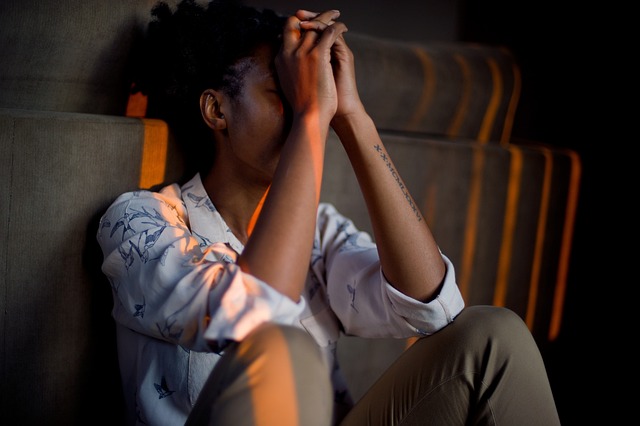When I first signed up for a social media account in high school, I did so out of curiosity. I was drawn to the idea of connecting with friends and sharing moments of my daily life. I never imagined that these fleeting posts would become the foundation of a long‑term conversation with myself, a conversation that would shape how I see my own worth and abilities.
The First Glimpse of the Mirror
Scrolling through feeds, I noticed how people curated their lives: polished photos, perfectly timed captions, and carefully chosen hashtags. These images acted as mirrors that reflected back at me my own insecurities. I began to compare my own unfiltered reality with the polished portrayals I saw daily. The mirror reflected not only the people I knew but also an idealized version of myself that I struggled to match.
When Likes Become a Measure of Worth
My first post received only a handful of likes, a number that felt negligible next to the hundreds others garnered. That small number sparked a sense of rejection, even though the post was simple and genuine. In that moment, I realized that my self‑confidence was becoming intertwined with digital metrics. I began to think that a higher number of likes would translate to higher self‑worth.
The Comparison Trap
Comparisons are a natural part of human experience, but social media intensifies them. Every curated post I saw was an invitation to compare, to judge myself against an ideal. This constant comparison created a cycle of low self‑confidence, which then drove me to post more in hopes of regaining the validation I felt I had lost.
- Increased self‑critical thoughts
- Reduced self‑acceptance
- More time spent on platforms
The Feedback Loop
Feedback from friends, even in the form of neutral or negative comments, became a catalyst for anxiety. I found myself spending hours drafting replies or editing my next post to avoid further criticism. My self‑confidence seemed to depend on the number of comments and the tone of feedback, creating a feedback loop that reinforced a fragile self‑image.
“The more you post, the more you’re judged.” — A quiet realization that the platform was amplifying my inner voice.
The Turning Point
After months of oscillating between excitement and despair, I decided to take a step back. I turned off notifications, unfollowed accounts that fueled my comparison, and began to write down my thoughts in a private journal. This act of silence and reflection was the first true personal experience that shifted my perspective on social media.
Learning to Curate
Curating became an intentional act: choosing which accounts to follow, which posts to engage with, and which stories to skip. I started to follow individuals whose content celebrated authenticity, vulnerability, and growth rather than perfection. This change helped me shift from a comparison mindset to a learning mindset, where I could observe diverse paths to confidence without feeling threatened.
- Followed content creators focused on mental health and personal growth.
- Liked posts that promoted self‑care and authenticity.
- Engaged in conversations that encouraged supportive dialogue.
Digital Self‑Presentation
With a new awareness, I began to present myself differently online. I posted moments that highlighted both successes and struggles, providing context rather than a filtered highlight reel. The narrative I crafted was one of continuous growth, not perfection. My personal experiences became less about winning likes and more about sharing authentic journeys.
Self‑Affirmation in the Digital Age
Self‑affirmation became a tool I used before posting. I wrote down a positive statement about my worth, my skills, and my potential. This practice helped me maintain a stable sense of self that was less likely to be swayed by the ebb and flow of online feedback. I found that when I grounded myself in my personal experiences, I could better navigate the social media landscape.
Reflection and Growth
Reflecting on my journey, I realize that social media has been both a mirror and a lens. The mirror reflects my insecurities and strengths, while the lens can either magnify or soften them. My personal experiences with these platforms taught me that I can control the narrative by setting boundaries and choosing intentional content consumption.
Future Outlook
Looking ahead, I plan to continue using social media as a tool for connection and learning, not a benchmark for self‑value. I will remain mindful of my digital habits, ensuring that my online presence serves to reinforce, rather than erode, my self‑confidence. I also aim to inspire others to view social media through the lens of authenticity, resilience, and growth.
Conclusion
The journey of self‑confidence through social media is complex and deeply personal. My personal experiences illustrate how a platform can amplify insecurities, but they also show that with intentionality and self‑reflection, we can transform those challenges into opportunities for growth. By curating what we consume, affirming ourselves, and sharing authentic stories, we can reclaim the narrative and build a resilient sense of self that thrives beyond the digital realm.



